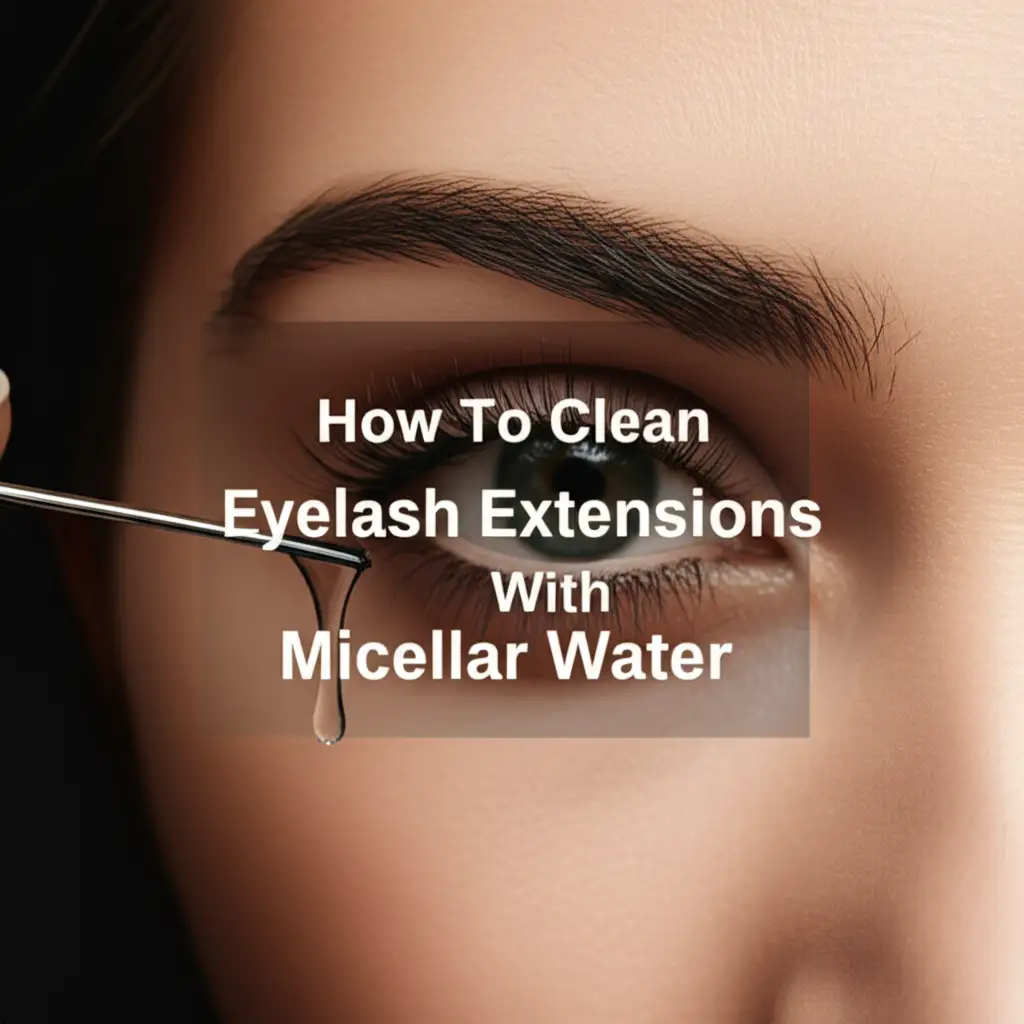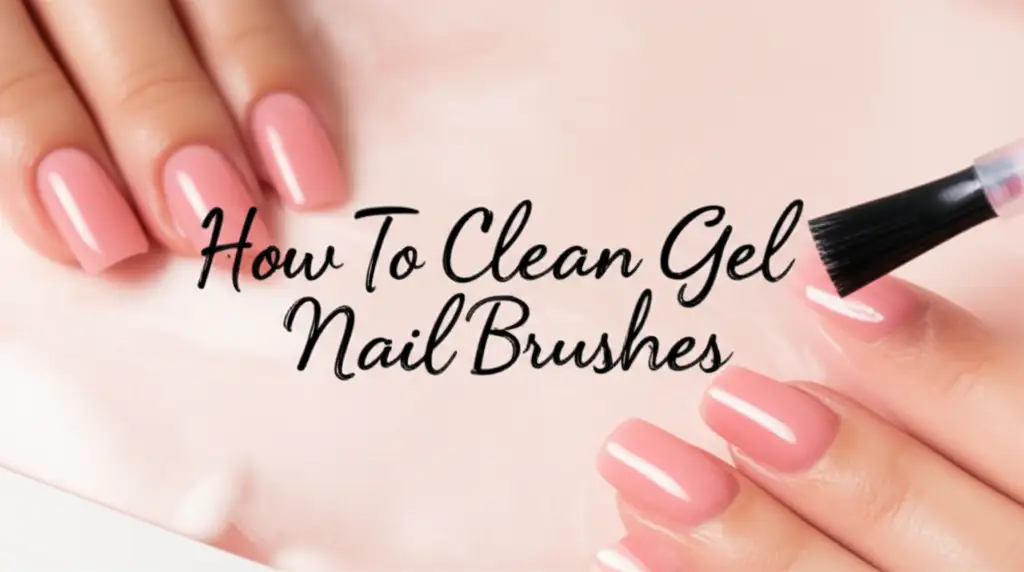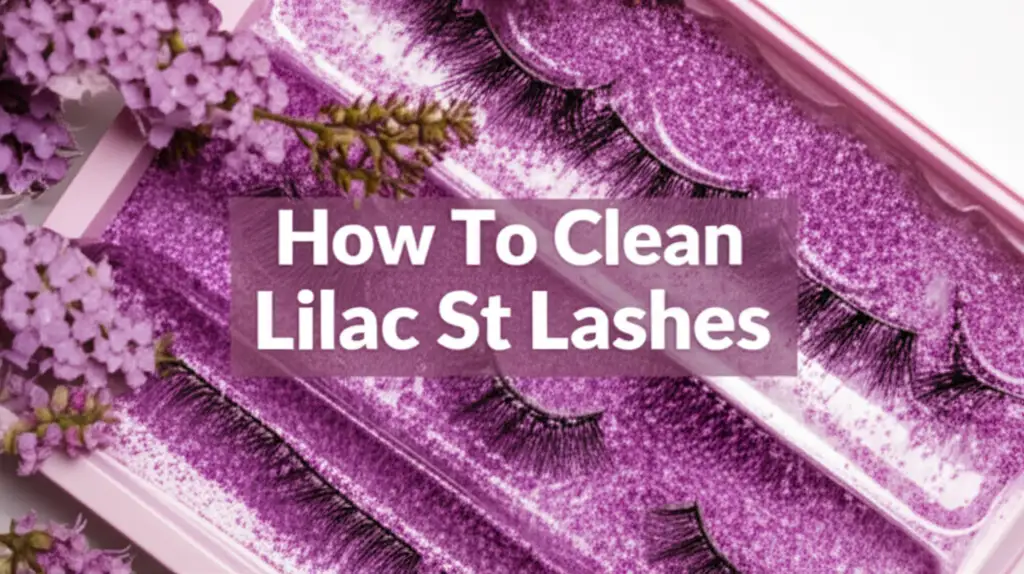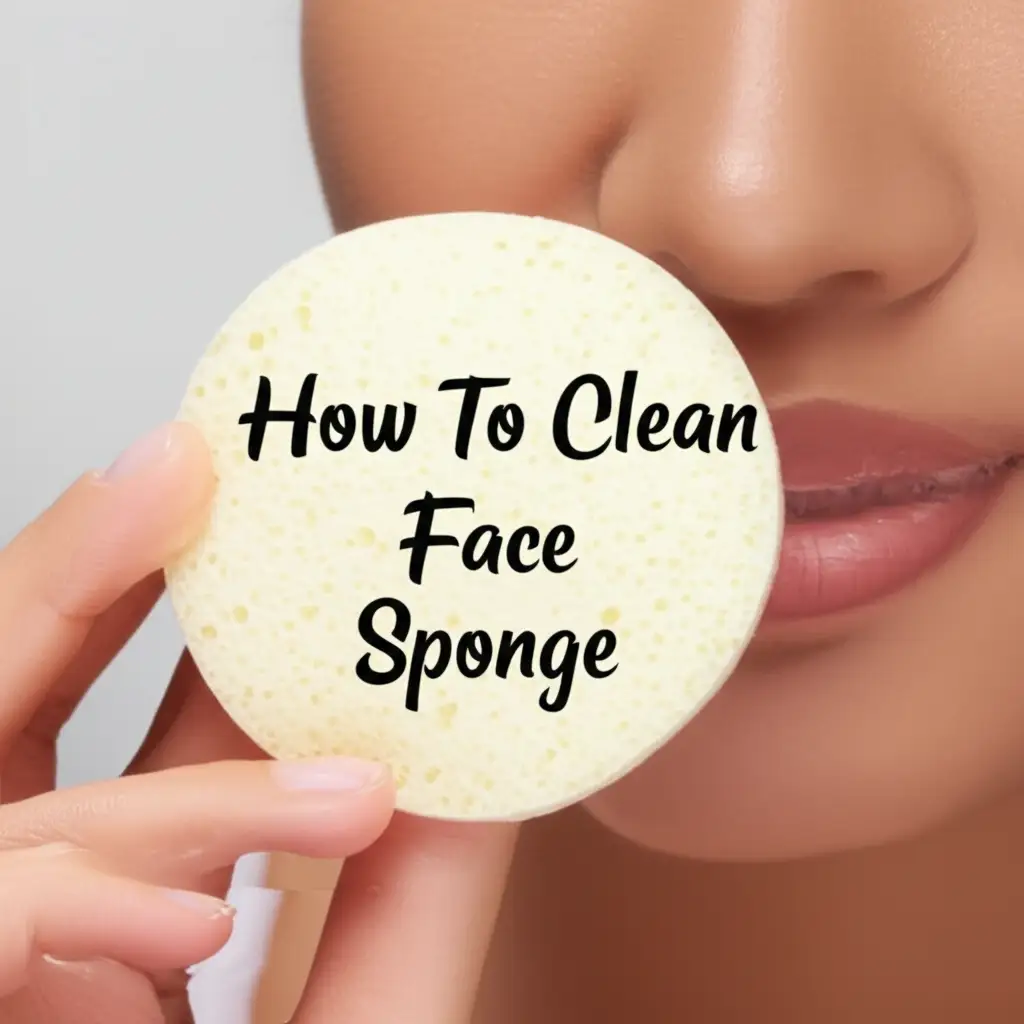· Beauty & Personal Care · 13 min read
How To Clean Makeup Sponges And Brushes
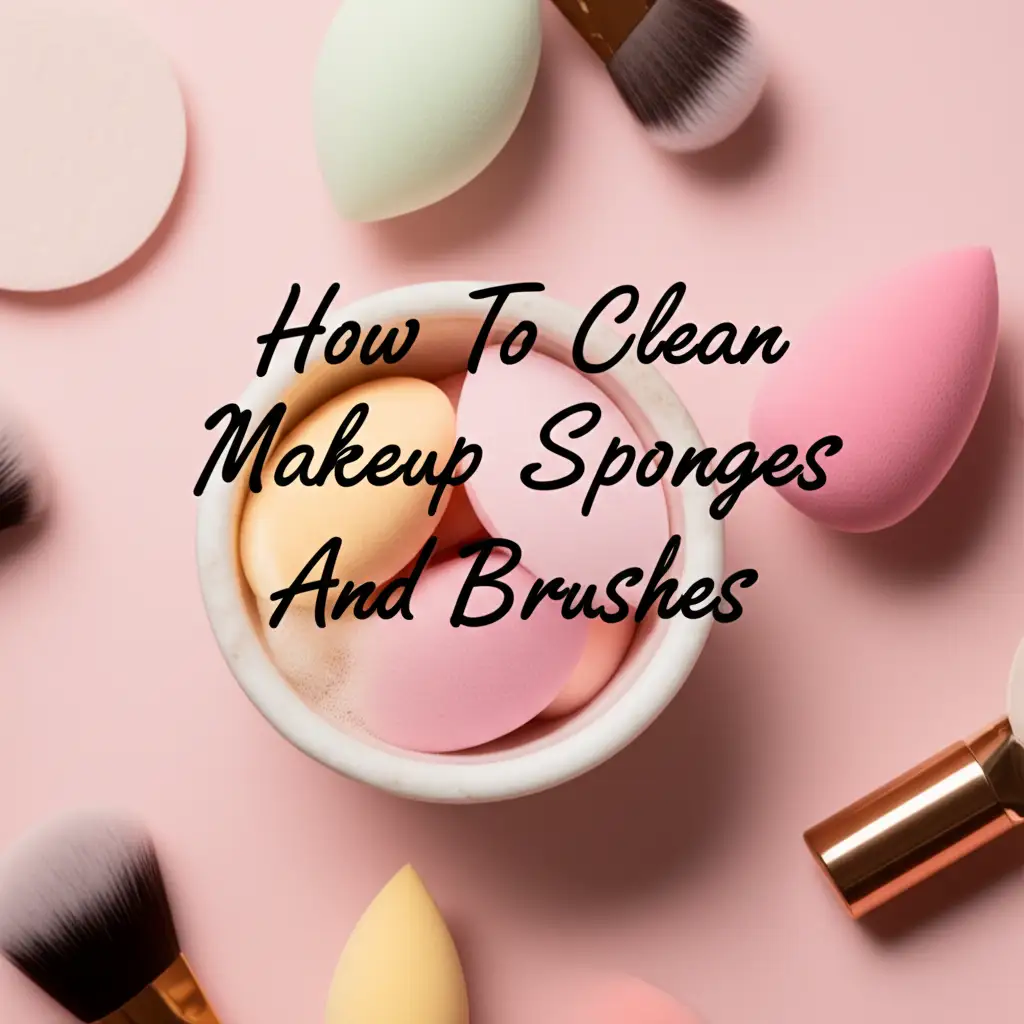
How To Clean Makeup Sponges And Brushes For Better Skin
Introduction
Do you ever wonder what is hiding in your favorite makeup tools? Dirty makeup sponges and brushes can harbor bacteria, oil, and dead skin cells. Using unclean tools on your face can lead to breakouts, irritation, and dull skin. Proper cleaning of these essential beauty items keeps your skin healthy and helps your makeup apply smoothly. In this comprehensive guide, I will show you exactly how to clean makeup sponges and brushes, offering step-by-step methods for different tool types and cleaning agents. You will learn about daily care, deep cleaning, and vital drying techniques to keep your tools in top condition. Let us get your beauty routine sparkling clean.
Takeaway
- Clean makeup brushes and sponges regularly to prevent skin issues.
- Use gentle cleansers to preserve tool integrity.
- Always dry tools completely to stop mold and bacteria growth.
- Different tools may need different cleaning frequencies and methods.
Clear, Concise Answer to Main Query
To clean makeup sponges and brushes, wet them under running water, apply a gentle cleanser like baby shampoo or a specialized brush cleaner, and gently work the product into the bristles or sponge until all makeup residue is removed. Rinse thoroughly, squeeze out excess water, reshape, and air dry completely.
Why Cleaning Your Makeup Tools Matters for Skin Health
Keeping your makeup tools clean is not just about making them look nice. It is a critical step for your skin’s health. Think about it: every time you apply makeup, you transfer oils, dead skin cells, and product residue onto your brushes and sponges. This mixture becomes a breeding ground for bacteria if left uncleaned.
These bacteria can cause serious skin problems. Using dirty tools can lead to acne breakouts, skin irritation, and even infections. Your skin may look dull or red because of these hidden germs. Furthermore, dirty tools do not apply makeup well. They can make your foundation look streaky or patchy.
Clean tools ensure your makeup goes on smoothly and evenly. They help maintain the quality of your expensive makeup products. Regularly cleaning extends the life of your brushes and sponges. This saves you money in the long run by reducing the need for frequent replacements. Prioritizing tool hygiene means prioritizing clear, healthy skin.
Gathering Your Essential Makeup Tool Cleaning Supplies
Before you start cleaning, gather all necessary items. Having everything ready makes the process simple and quick. You will need a few basic things for effective cleaning. These supplies are often found around your home or are easy to buy.
First, choose your cleanser. Gentle baby shampoo is a popular and effective choice because it cleans well without harsh chemicals. You can also use mild dish soap for stubborn stains, but be careful as it can be drying. Many beauty brands offer specialized makeup brush and sponge cleansers. These cleansers are formulated specifically for beauty tools.
Next, find a bowl or a clean sink. A silicone cleaning mat with textures can help work the product out of brushes. You will also need a clean towel or paper towels for blotting. A brush drying rack is helpful for proper air circulation. Finally, access to lukewarm running water is essential for rinsing. With these items, you are ready to start cleaning your tools.
Step-by-Step Guide: How to Clean Makeup Brushes
Cleaning your makeup brushes protects your skin and keeps your tools in good shape. I have a simple method that works for most brushes. Always use gentle care to avoid damaging the bristles. Following these steps helps maintain their softness and effectiveness.
Begin by wetting the brush bristles under lukewarm running water. Avoid getting water into the ferrule, which is the metal part connecting the bristles to the handle. Water in this area can loosen the glue over time. Next, put a small amount of your chosen cleanser, like baby shampoo, into your palm or on a cleaning mat.
Gently swirl the wet brush bristles in the cleanser. Work up a lather, making sure the product penetrates all the bristles. You will see makeup residue rinse out. Continue swirling until the water runs clear. Rinse the brush thoroughly under lukewarm water again, ensuring no soap remains. Gently squeeze out excess water from the bristles. Reshape the brush head to its original form. Lay brushes flat on a clean towel or use a brush drying rack. Allow them to air dry completely. This might take several hours or overnight.
Daily Brush Cleaning
For brushes you use daily, like foundation or concealer brushes, a quick clean is very helpful. This removes fresh makeup and stops buildup. You can use a quick-drying brush spray or a gentle wipe. Spray the cleaner onto a paper towel or cloth. Gently swirl your brush on the damp surface. This lifts away makeup without a full wash. This method is great for quick use between deep cleans. It keeps brushes fresh for everyday application.
Deep Cleaning Brushes
Deep cleaning is necessary for all brushes regularly. This removes stubborn makeup and sanitizes the bristles. For a deeper clean, consider using specific cleaning solutions. You can make a mixture of warm water and a small amount of mild soap, like castile soap. Swirl your brushes in this solution, then rinse them clean. For an extra sanitizing step, some people use a very small amount of rubbing alcohol. You can learn more about this method here: How To Clean Makeup Brushes With Alcohol. Remember to always be gentle and dry brushes completely. Another option is a simple solution using vinegar and baking soda for an effective, natural clean. This can help break down stubborn makeup and oil without harsh chemicals.
Mastering Makeup Sponge Cleaning
Makeup sponges, especially beauty blenders, are super absorbent. This makes them great for makeup application but also for holding onto product and bacteria. Cleaning them requires a bit more squeezing and rinsing. Luckily, it is still very easy to do.
Start by wetting your sponge under lukewarm running water. It will expand as it soaks up the water. Apply a generous amount of your chosen cleanser directly onto the wet sponge. I often use a solid bar of gentle soap or a liquid cleanser. Work the soap into the sponge by squeezing it repeatedly. You will see makeup seeping out of the sponge.
Continue to squeeze and rinse under running water until the water coming out is clear. This means all the makeup and soap are gone. It is important to be thorough, as leftover soap can affect your next makeup application. Once clean, gently squeeze out all excess water. You want the sponge to be as dry as possible before air drying. Place it on a clean, dry surface or in a well-ventilated area. Allow it to dry completely. A fully dried sponge prevents mold growth.
Daily Sponge Refresh
If you use a makeup sponge every day, a quick daily refresh is vital. After each use, rinse your sponge under warm water. Add a tiny drop of cleanser. Work it through the sponge quickly until the water runs mostly clear. Squeeze out excess water firmly. Let it air dry. This stops makeup from hardening inside the sponge. It also prevents too much bacteria from building up.
Deep Cleaning Sponges
Deep cleaning your makeup sponges removes deeply embedded makeup and ensures proper hygiene. For heavily soiled sponges, you might need a longer soak. Fill a small bowl with lukewarm water and add your cleanser. Submerge the sponge and let it sit for a few minutes. Then, gently massage and squeeze the sponge under running water until it is clear. Some tough stains might need an extra squeeze with a bit more soap. Hydrogen peroxide can also be used for deep cleaning and sanitization on various brushes, similar to how it cleans hair brushes. For sponges, a diluted solution can help break down old makeup and kill germs. Always rinse very well after using strong cleaners. Ensure the sponge is entirely clean before drying. This prevents any residue from getting onto your skin.
Drying Your Tools Properly: A Crucial Step
Cleaning your makeup tools is only half the battle; proper drying is just as important. If you do not dry your brushes and sponges completely, you risk several problems. The most common issue is mold and mildew growth. These can cause skin irritation and even infections. Damp environments are perfect for bacteria to multiply.
For makeup brushes, always reshape the bristles after washing. Lay them flat on a clean towel with the bristles hanging off the edge of a counter. This allows air to circulate around all sides. You can also use a specialized brush drying rack. These racks hold brushes upside down, which stops water from seeping into the ferrule. Water in the ferrule can loosen the glue, causing bristles to fall out. Avoid drying brushes upright in a cup.
Makeup sponges need thorough drying too. After squeezing out as much water as possible, place them on a clean, dry surface. A well-ventilated area is best. Do not store sponges in a closed container or bag until they are completely dry. This traps moisture and encourages mold. Drying can take anywhere from a few hours to overnight. Patience is key for truly dry tools.
When to Clean Your Makeup Tools: Frequency Guidelines
Knowing when to clean your makeup tools is as important as knowing how. The frequency depends on how often you use them and what products you apply. Different tools and products require different cleaning schedules. Following these guidelines helps maintain tool performance and skin health.
For tools used with liquid or cream products, such as foundation brushes or sponges, daily cleaning is best. These products can harbor more bacteria. A quick rinse and gentle wash after each use prevents significant buildup. This ensures you apply makeup with a fresh tool every time. It also stops product from drying and hardening on the bristles or sponge.
Powder brushes, blush brushes, and eyeshadow brushes can be cleaned less often. A weekly deep clean is usually sufficient. If you use them daily, a quick spot clean after a few uses is a good idea. This removes surface powder and keeps colors true. Tools used on eyes, like eyeliner brushes, should also be cleaned frequently, at least every few days, due to the sensitive eye area. Consider a complete deep clean for all tools at least once a week. This removes all accumulated makeup, oils, and bacteria. Consistent cleaning extends tool life.
Troubleshooting Common Cleaning Problems
Sometimes, cleaning your makeup tools does not go as smoothly as planned. You might encounter stubborn stains or notice strange issues. Knowing how to troubleshoot these problems helps you keep your tools in top condition. I have faced these issues myself and found simple solutions.
One common problem is leftover makeup residue, especially with dark or liquid foundations. If your tools still look dirty after a wash, try a stronger cleanser. A solid brush soap or a tiny drop of dish soap can cut through tough stains. You might need to repeat the washing process a few times. For very stubborn stains, a small amount of olive oil applied before cleansing can help break down the makeup. Just make sure to rinse the oil completely afterwards.
Another issue is damage to brushes. If bristles are splayed or falling out, you might be washing them too harshly. Always be gentle when swirling and rinsing. Avoid hot water, as it can damage bristles and ferrules. Always dry brushes flat or upside down to protect the glue in the ferrule. If mold appears on a sponge, it usually means it was not dried properly. If you see mold, it is time to replace the sponge to avoid skin irritation. A well-ventilated space is key for drying.
Maintaining Your Tools for Long-Term Use
Proper maintenance extends the life of your makeup brushes and sponges. After cleaning and drying, store your tools correctly. This prevents dust and dirt from accumulating before your next use. Good storage also helps maintain their shape and integrity.
For brushes, consider storing them upright in a brush holder or laid flat in a drawer. If storing upright, ensure they are completely dry. Keeping them covered or in a drawer prevents dust from settling on the bristles. Dust can irritate your skin. For sponges, a breathable bag or a dedicated sponge holder is ideal. Avoid airtight containers, especially if there is any lingering moisture.
Regular inspection of your tools is also part of maintenance. Check for frayed bristles, cracks in handles, or tears in sponges. A brush with shedding bristles may need to be replaced. A torn sponge will not apply makeup evenly. Replace tools that are showing significant wear and tear. This ensures hygienic and flawless makeup application every time. Consistent care makes your beauty investments last longer.
FAQ Section
How often should I clean my makeup brushes? Clean brushes used for liquid or cream products daily. For powder brushes, a weekly deep clean is sufficient. Eyeshadow and eyeliner brushes should be cleaned every few uses. Regular cleaning prevents bacteria buildup and keeps your skin healthy. Consistency is key for clean tools and clear skin.
Can I use dish soap to clean makeup sponges? Yes, you can use mild dish soap to clean makeup sponges. It is effective at breaking down oil and makeup residue. However, use it sparingly as it can be drying. Always choose a gentle, unscented dish soap. Rinse the sponge thoroughly to remove all soap residue before drying.
How do I dry my makeup sponges and brushes faster? To speed up drying, gently squeeze as much water as possible from brushes and sponges using a clean towel. For brushes, lay them flat with bristles off a counter edge or use a brush drying rack. For sponges, place them in a well-ventilated area. Avoid direct heat, as it can damage the tools.
What happens if I don’t clean my makeup tools? Not cleaning your makeup tools can lead to skin problems. Bacteria, oil, and dead skin cells accumulate on dirty tools. When used, these can transfer to your face. This causes acne breakouts, skin irritation, and possible infections. Dirty tools also hinder smooth makeup application.
When should I replace my makeup brushes and sponges? Replace makeup sponges every 3-6 months, or sooner if they tear or show mold. Good quality makeup brushes can last for years with proper care. Replace brushes if bristles consistently shed, lose their shape, or become too stiff. If a brush smells bad even after cleaning, replace it.
Are there natural alternatives for cleaning makeup tools? Yes, several natural options exist. Baby shampoo is a popular gentle choice. You can also use a diluted solution of white vinegar. Some people use a mix of olive oil and dish soap to break down stubborn makeup, followed by a thorough rinse. Always test a small area first with new natural cleaners.
Conclusion
Keeping your makeup sponges and brushes clean is a vital part of a healthy beauty routine. You have learned that regular cleaning prevents skin issues like breakouts and irritation. It also ensures your makeup applies smoothly and flawlessly every time. We covered choosing the right cleansers, following specific washing techniques for both brushes and sponges, and mastering the crucial step of proper drying.
Remember, a consistent cleaning schedule extends the life of your beauty tools. This saves you money and keeps your skin looking its best. By investing a little time in cleaning your makeup sponges and brushes, you invest in your skin’s health and the quality of your makeup application. Make clean tools a non-negotiable part of your beauty regimen. Your skin will thank you. Start your cleaning routine today for a healthier glow!
- makeup cleaning
- beauty tools
- brush care
- sponge hygiene
- cosmetic cleaning

